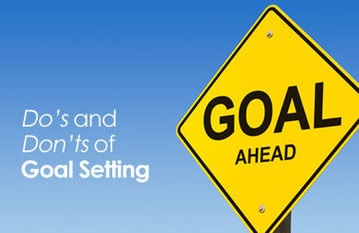|
One of the best ways to help motivate your team or an athlete is to develop goals for them to achieve. Here are my Top 10 tips to creating goals that are not only attainable, but will lead to increased motivation for your athletes.
2 Comments
|
Archives
April 2022
Categories
All
Disclaimer: The information contained on this website is compiled from a variety of professional sources as well as the author's own experiences. The information should NOT be used in place of a visit to your healthcare provider or used to disregard any advice provided by your healthcare provider.
|


 RSS Feed
RSS Feed